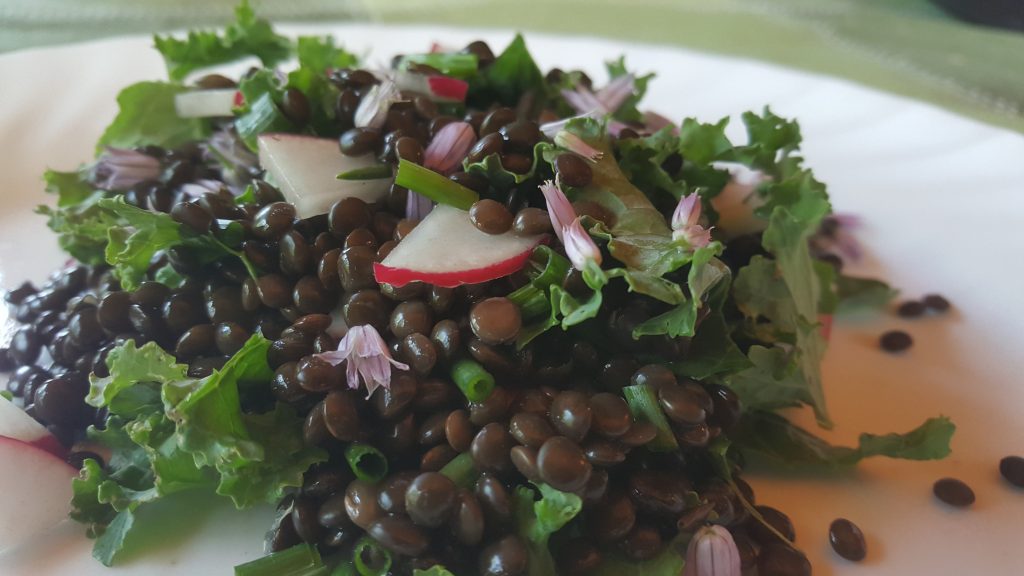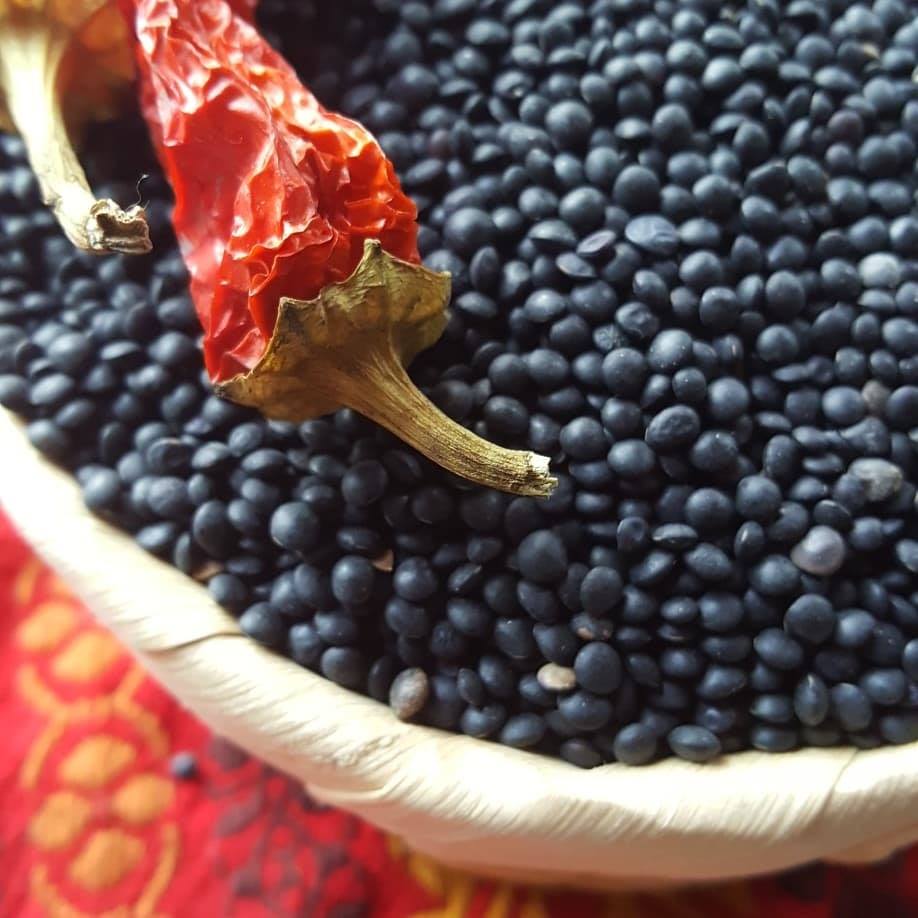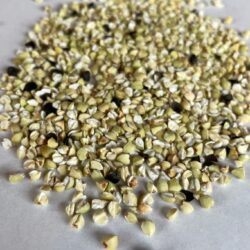Organic Black Lentils
Price range: $20.00 through $62.00
This year’s batch of Black Lentils were grown by Grant Rigby on his organic farm near Turtle Mountain, Manitoba and are cleaned in our mill in Lundar.
For years, the only lentils I knew were either muted green or red, the regular grocery store varieties. But the only recipe I knew that used lentils was a mushy lentil soup, so it all worked out. A Syrian-style lentil soup is still one of my favourites, but I have since become a true lentil snob. Lentils now go beyond soups, and regularly adorn salads, casseroles, stuffed veggies, and anything that I would have previously used ground meat for. And when i’m looking for a lentil to stand on it’s own two feet, to maintain a bit of texture and colour in the final dish rather than disintegrating into mush, it’s always black lentils that come to the rescue. They cook in about 20 minutes without any soaking necessary, but when they’re cooked, they don’t get overly soft, making them perfect for adding to salads or rice, or for other less-mushy uses.
Beyond their culinary uses, beluga lentils are a bit of an rarity in the food world. They get their rich dark blue colour from a concentration of anthocyanins, the antioxidants also present in blue and purple berries, that are thought to reduce the risks of cardiovascular diseases and cancer.

But it’s also important to look backwards to how these lentils were grown. Introducing Grant Rigby, of Rigby Orchards Farm (http://www.rigbyorchards.com/index.html), farming in the Turtle Mountain region of Manitoba. His background in agriculture and food science led him to farm, not solely as a way of growing food, but as an deeply personal experiment in creating more resilient soil structures on the land his family had farmed since 1882. Nearly 20 years ago, this quest led him to organic farming principals, but has not stopped there. For Grant, beluga lentils fit into a farming system where every available measure is taken to minimize soil disturbance, reverse soil salinity, and cultivate healthy soil structures without chemical applications. Even when growing annual crops such as lentils, his fields always maintain living perennial plants, where the deep root structures of perennial legumes benefit the soil, and also serve as a mechanism for deep soil carbon capture.
| Size | 2.2kg(5lbs), 4.5kg (10lbs), 9kg (20lbs) |
|---|




